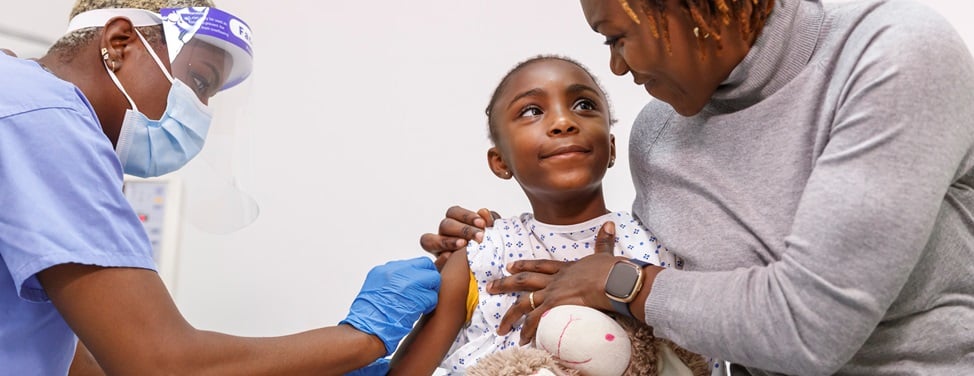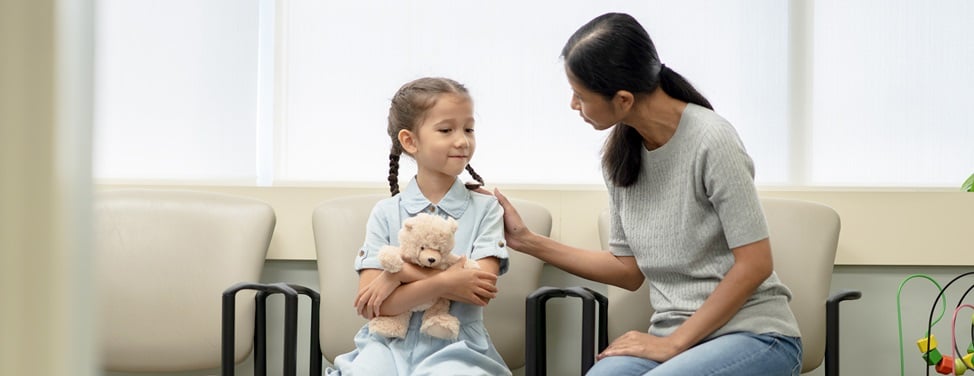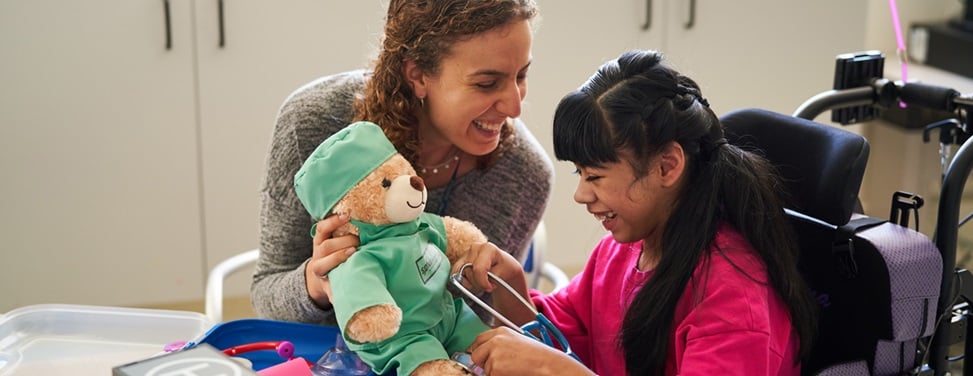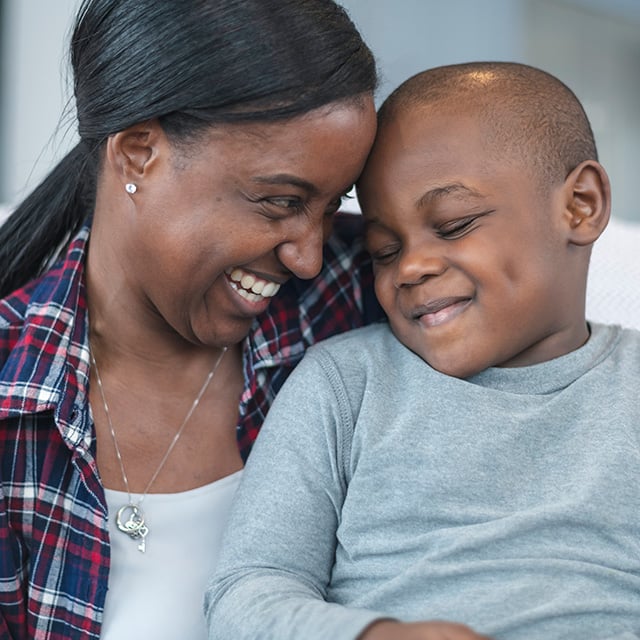
Signs a Child Is in Pain
Few things are more distressing than a child in pain. But it's not always easy to tell. Different children experience pain differently and may express it in a number of ways, depending on their age, their ability to communicate and how sick they’re feeling.
Here's some help with figuring out whether your child is in pain.
In infants, signs of pain include:
- Facial grimacing, frequent frowning, clenched jaw
- Legs move restlessly or are drawn up, tensed or kicking
- Squirming, shifting, arching; rigid or jerking movements
- Moaning, whimpering, crying, screaming or sobbing
- Difficult to console or comfort
In toddlers, signs include:
- Crying more than usual
- Irritability
- Loss of interest in play
- Not eating or drinking as much as usual
- Difficulty sleeping
- Using certain words, such as "ouchie" and "ow"
- Changes in behavior, such as being quieter and less active or, conversely, more restless than usual
- What kind of pain do you have? (sharp, dull, aching, throbbing)
- Where on or in your body is the pain?
- When did the pain start?
- Is the pain always there or does it come and go?
- What makes the pain worse?
- What makes the pain better?
- Does the pain affect activities, such as walking, sleeping or eating?
- How would you rate the pain? (mild, moderate or severe)
If your child has trouble describing their pain with words, a visual scale may be helpful. See below for the pain assessment scales we use in the hospital.
Recommended reading
Patient services
UCSF Benioff Children's Hospitals medical specialists have reviewed this information. It is for educational purposes only and is not intended to replace the advice of your child's doctor or other health care provider. We encourage you to discuss any questions or concerns you may have with your child's provider.







































